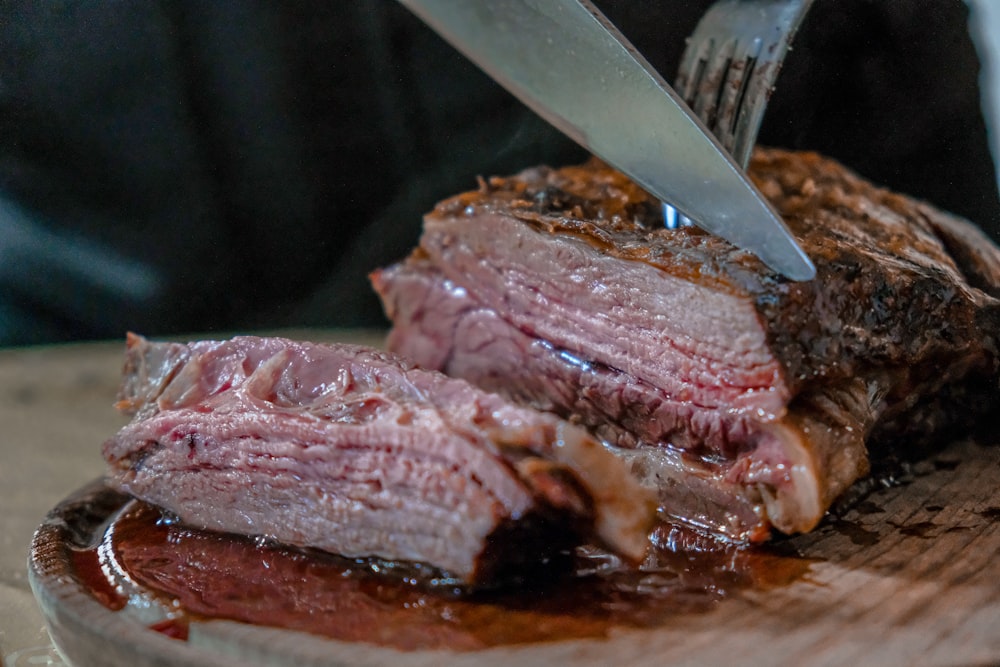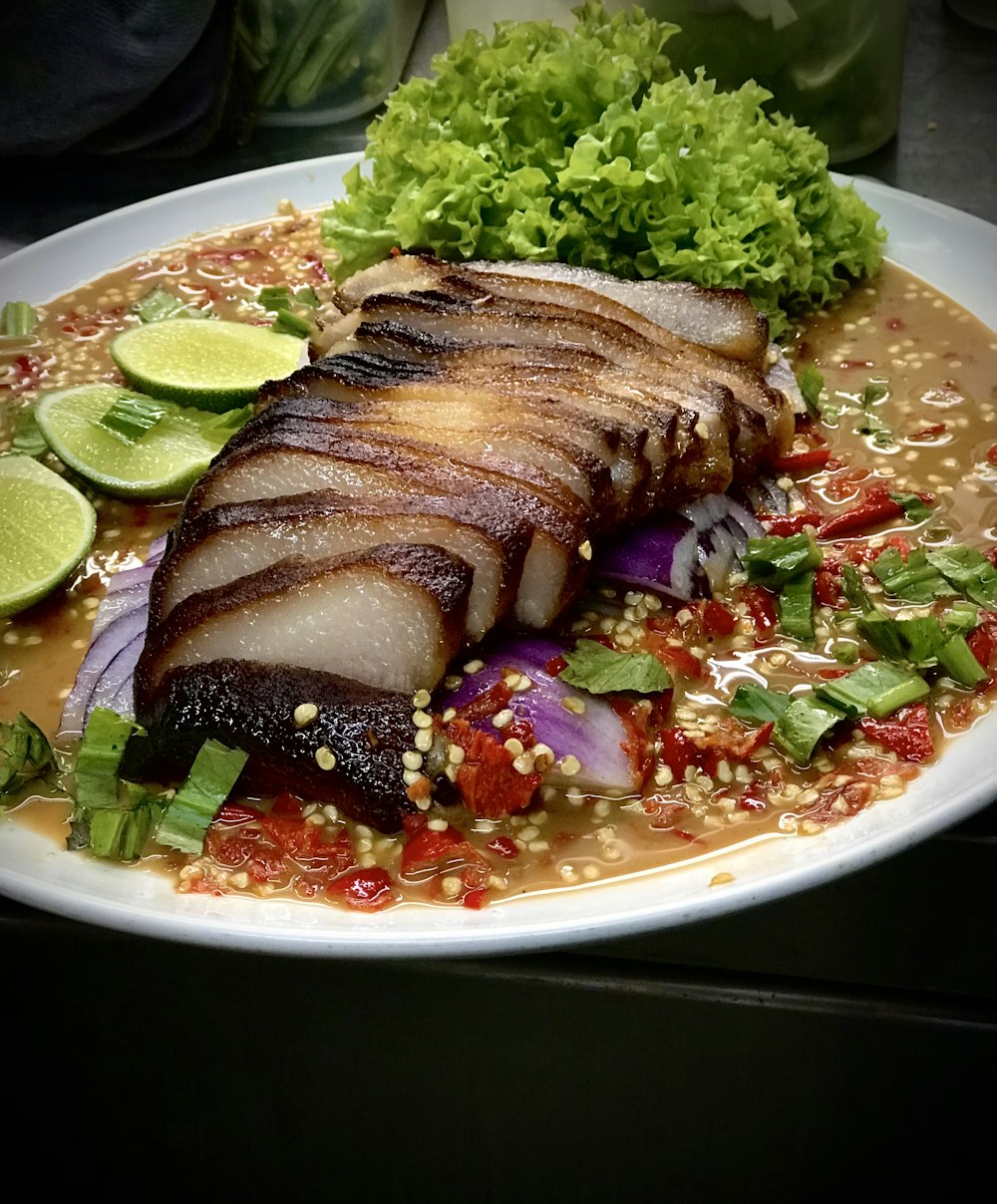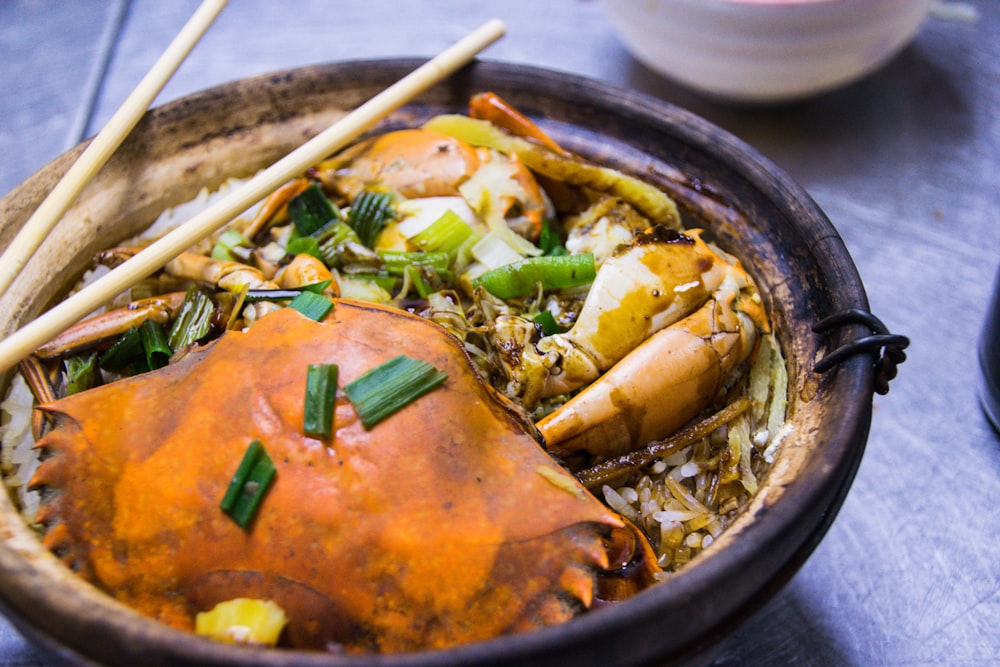China, a land steeped in history and culture, boasts a culinary tradition as diverse and vibrant as its landscapes. From the regal feasts of ancient dynasties to the bustling street markets of modern cities, Chinese cuisine has evolved into an art form that engages all senses. In this article, we embark on a flavorful journey, peeling back the layers of Chinese culinary heritage.
A Culinary Tapestry Woven with Tradition and Innovation
Chinese cuisine stands as a cornerstone of the nation’s cultural identity. It skillfully combines a rich history, distinctive features, a plethora of styles, and exquisite cooking techniques. Each dish tells a story, showcasing not just a mastery of flavors but also a deep respect for centuries-old traditions.
Exploring Regional Nuances
As expansive as China itself, the country’s culinary landscape is marked by regional subtleties. These variations arise from differing climates, historical influences, local ingredients, and distinct dining customs. Let’s delve into the eight prominent Chinese cuisines, each offering a unique gastronomic experience.
1. Peking Roasted Duck: A Culinary Marvel
Originating from the imperial kitchens of Beijing, Peking Roasted Duck stands as an emblem of Chinese gastronomy. Its allure lies in the thin, crispy skin, which harmonizes with delicate pancakes, sweet bean sauce, and soy with mashed garlic. With roots dating back to medieval China, this dish has earned its place as a national treasure, celebrated by dignitaries and travelers alike.

Cultural Significance: Peking Roasted Duck has a deep historical significance. It was once a royal dish, exclusively served to emperors and nobility. The meticulous preparation and presentation reflected the grandeur of the imperial court. Today, it serves as a symbol of Chinese culinary excellence.
2. Kung Pao Chicken: Sichuan’s Fiery Delight
Hailing from the Sichuan province, Kung Pao Chicken is a culinary masterpiece known for its bold flavors. Diced chicken, dried chili, cucumber, and fried peanuts or cashews intermingle to create a symphony of tastes. Its popularity transcends borders, with Western adaptations adding a unique twist to this beloved dish.

Interesting Fact: The dish is named after Ding Baozhen, an official in the late Qing Dynasty who was known by the honorary title “Kung Pao.” The flavorful blend of spices and textures pays homage to his love for bold and varied flavors.
3. Sweet and Sour Pork: A Dance of Flavors
Vibrant and delectable, Sweet and Sour Pork is a testament to the art of balance in Chinese cuisine. Its vivid hue and harmonious blend of sweet and tangy notes make it a perennial favorite. Originally crafted with pork, this dish has evolved to embrace chicken, beef, and pork ribs, showcasing its versatility.

Flavor Evolution: While the classic recipe remains beloved, regional variations have emerged. For example, in some parts of China, pineapple is incorporated for an added tropical twist, further enhancing the sweet and sour contrast.
4. Hot Pot: Savoring the Essence of Sichuan
A communal culinary adventure, Hot Pot epitomizes conviviality and flavor exploration. Set around a simmering cauldron of broth, diners select an array of meats and vegetables to cook at their leisure. The broth, infused with myriad flavors, imparts its essence to each morsel, creating an unforgettable dining experience.

Social Ritual: Hot Pot gatherings are cherished for their interactive nature. As friends and family gather around the steaming pot, it creates an atmosphere of togetherness and lively conversation, making it a cornerstone of social gatherings in China.
5. Dim Sum: Cantonese Delights
Hailing from the heart of Guangzhou, Dim Sum is a celebration of bite-sized delights. This extensive array encompasses dumplings, rolls, cakes, and an assortment of meats, seafood, desserts, and vegetables. A cherished tradition, Dim Sum gatherings foster connections among friends and family, making it a cornerstone of Cantonese culture.
Culinary Artistry: Dim Sum chefs are revered for their skill in crafting intricate, visually appealing creations. The delicate folds of dumplings and the artful arrangement of dishes on the steaming carts are a testament to the mastery and artistry behind Dim Sum.
6. Dumplings: Symbol of Prosperity
Steeped in symbolism, Chinese Dumplings are a culinary treasure revered especially in the north. Encased in delicate dough, they cradle fillings of minced meat and vegetables. Traditionally consumed on Chinese New Year’s Eve, their shape mirrors ancient silver ingots, a harbinger of prosperity for the year ahead.
Family Bonding: The process of making dumplings is a cherished tradition during Chinese New Year. Families come together to prepare these delicacies, creating a sense of unity and shared purpose.
7. Ma Po Tofu: Sichuan’s Spicy Legacy
With a legacy spanning over a century, Ma Po Tofu emerges as a fiery ambassador of Sichuan cuisine. Beancurd, bathed in a spicy sauce crafted from fermented black beans and chili paste, invites diners on a journey of bold flavors. The dish’s name, an homage to its creator, “Pockmarked Granny” Chen, resonates with history and intrigue.
Culinary Legend: “Pockmarked Granny” Chen’s invention of Ma Po Tofu has transcended generations, leaving a spicy, flavorful legacy that continues to captivate palates worldwide. The dish’s intriguing name adds an extra layer of charm to its storied history.
8. Char Siu: Cantonese Roasted Splendor
Char Siu, or “fork-roasted,” epitomizes the succulent allure of Cantonese roast pork. Whether savored with rice, noodles, or nestled within steamed buns, its tender perfection is a testament to the art of roasting. A fixture of Cantonese cuisine, Char Siu embodies the marriage of tradition and culinary craftsmanship.
Culinary Technique: The secret to achieving the perfect Char Siu lies in the marinade and roasting process. Expert chefs carefully select and blend ingredients to create a marinade that imparts a distinctive flavor profile to the succulent pork.
9. Chow Mein: Stir-Fried Noodle Symphony
A dish born of innovation and necessity, Chow Mein finds its roots in the bustling Jiangsu Province. Stir-fried noodles, accompanied by a medley of meats, onions, and celery, offer a harmonious medley of textures and flavors. Shan Gu’s ingenious creation for dam builders remains a timeless tribute to culinary ingenuity.
Culinary Innovation: Shan Gu’s adaptation of Chow Mein to address the needs of dam builders in Jiangsu Province showcases the culinary ingenuity that has been a hallmark of Chinese cuisine for centuries.
10. Fried Rice: A Global Culinary Ambassador
A universal favorite, Fried Rice transcends borders and palates. Crafted from leftover rice, this dish showcases Chinese culinary resourcefulness. Its inception, a bid to delight both locals and foreigners, has transformed into a beloved staple worldwide.
Adaptive Brilliance: The adaptability of Fried Rice to incorporate a wide range of ingredients, from vegetables to seafood and meats, highlights the versatility of Chinese cuisine. This adaptability has contributed to its global popularity.
In Conclusion: A Feast for the Senses
Chinese cuisine is a testament to the artistry of flavor, the richness of tradition, and the adaptability of culinary innovation. With each dish, a story unfolds, inviting diners on a journey through history and culture. From the imperial courts to modern kitchens, Chinese cuisine continues to captivate hearts and palates around the globe.
FAQs: Exploring Chinese Cuisine
1. What are the key elements that define Chinese cuisine?
Chinese cuisine is characterized by its emphasis on color, aroma, taste, and presentation. It often balances flavors such as sweet and sour or spicy and savory, creating a harmonious palate.
2. How do regional differences influence Chinese cuisine?
Regional variations arise from factors like climate, historical influences, and locally available ingredients. This diversity is reflected in the distinctive flavors and cooking techniques of each region.
3. What is the significance of dumplings in Chinese culture?
Dumplings hold symbolic importance, especially during Chinese New Year. Their resemblance to silver ingots is believed to bring prosperity, making them a cherished part of celebratory feasts.
4. How does Hot Pot dining contribute to social gatherings in China?
Hot Pot dining encourages communal interaction, as friends and family gather around a shared pot to cook and enjoy a wide array of ingredients. It fosters a sense of togetherness and lively conversation, making it a cornerstone of social gatherings in China.
5. What is the historical significance of Peking Roasted Duck?
Originally a royal dish, Peking Roasted Duck gained international acclaim when it became a diplomatic symbol in the 1970s. Premier Zhou Enlai’s choice to serve it to foreign guests elevated its status to a national treasure.
Read Also:- 13 Best Thai Restaurants In Denver